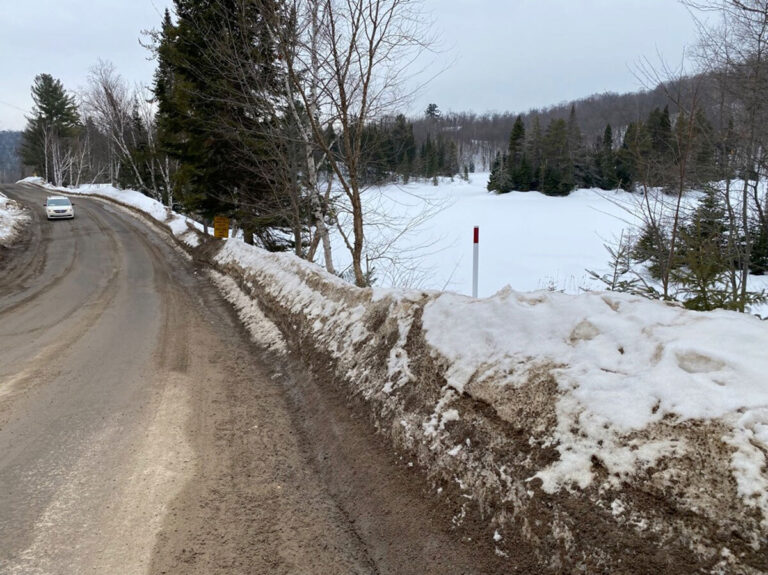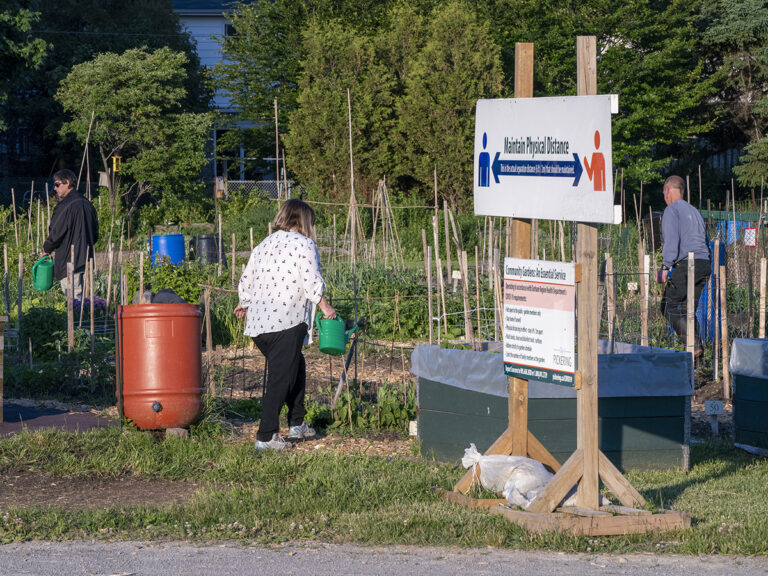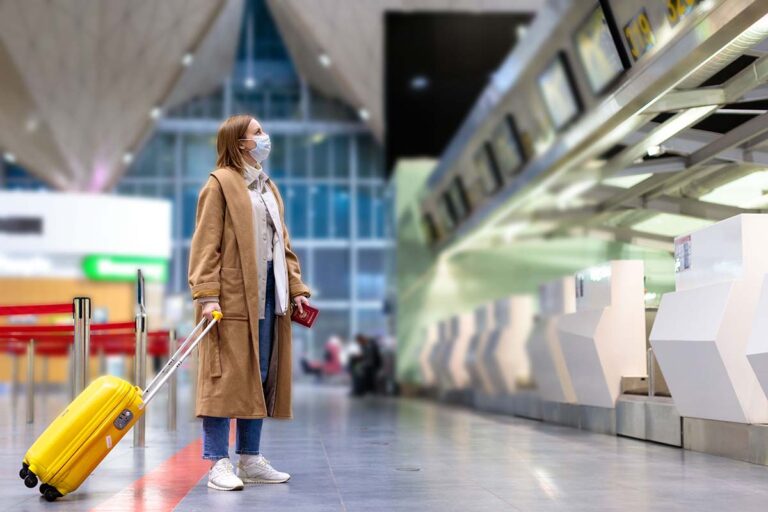
Category Health & Well-Being
TMU approaches health and well-being research by focusing on quality of life and promoting well-being for all.


Rooms with a view: Opening doors to new health care approaches

Preventing obesity starts in the grocery aisle with food packaging

A prescription for health: City vegetable gardens produce more than just food

Fear of travelling: Canadians need to put travel risk into perspective

How the relationships we have with plants contribute to human health in many ways

The anti-vax movement is being radicalized by far-right political extremism

Simone Biles and Naomi Osaka put the focus on the importance of mental performance for Olympic athletes

Tokyo Olympics: what are the limits of human performance? Podcast with Nicole W. Forrester

Big Pharma’s COVID-19 reputation boost may not last — here’s why

Public health officials are failing to communicate effectively about AstraZeneca


